SpaceX has been streaming its launches illegally.
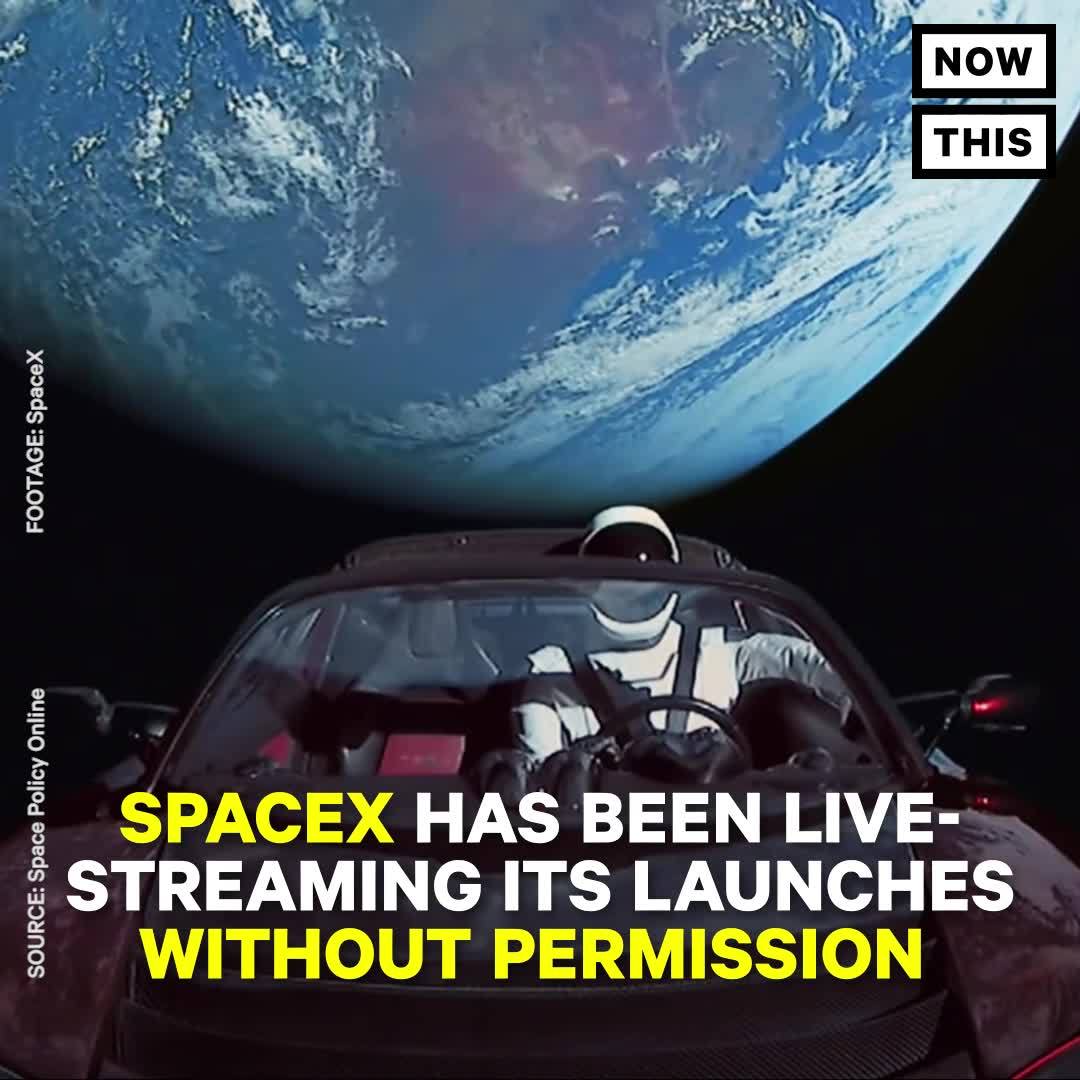

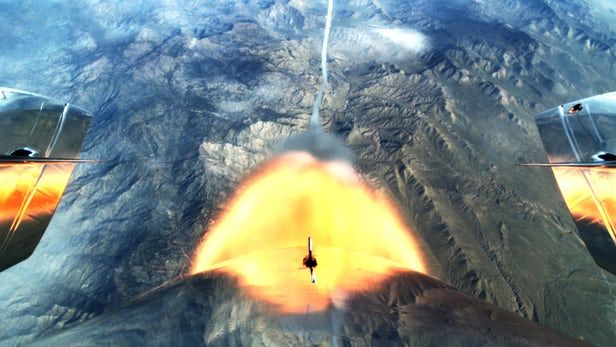
Virgin Galactic’s tourist-carrying spaceplane has taken a step closer to entering service after its chemical rocket engine was fired for the first time in the skies over the Sierra Nevada Mountains in California. With test pilots Mark “Forger” Stucky and Dave Mackay at the controls, the 60-ft-long (18 m) SpaceShipTwo VSS Unity pegged the speedometer at Mach 1.87 (1,424 mph, 2,290 km/h) within 30 seconds of igniting its engine.

The Google Lunar Xprize, a decade-long competition to put a privately funded spacecraft on the moon, may have come to an anticlimactic end but organizers aren’t conceding defeat just yet. They have today announced plans to re-launch the competition, though with no current sponsor to speak of teams could be competing for bragging rights only.
Launched in 2007, the Google Lunar XPrize tasked competing teams with getting a privately funded spacecraft to the Moon before having it travel 500 m (1,640 ft) and transmit HD video and images back to Earth. It offered up US$30 million in prizes, though these went unclaimed as organizers finally pulled the pin in January following several deadline extensions.
Google had funded the original Lunar XPrize but will be taking no part in the relaunched competition, which means that no cash is currently up for grabs. XPrize is now seeking a new title sponsor for the competition, who would get naming rights and be responsible for offering up prize money for the winners.
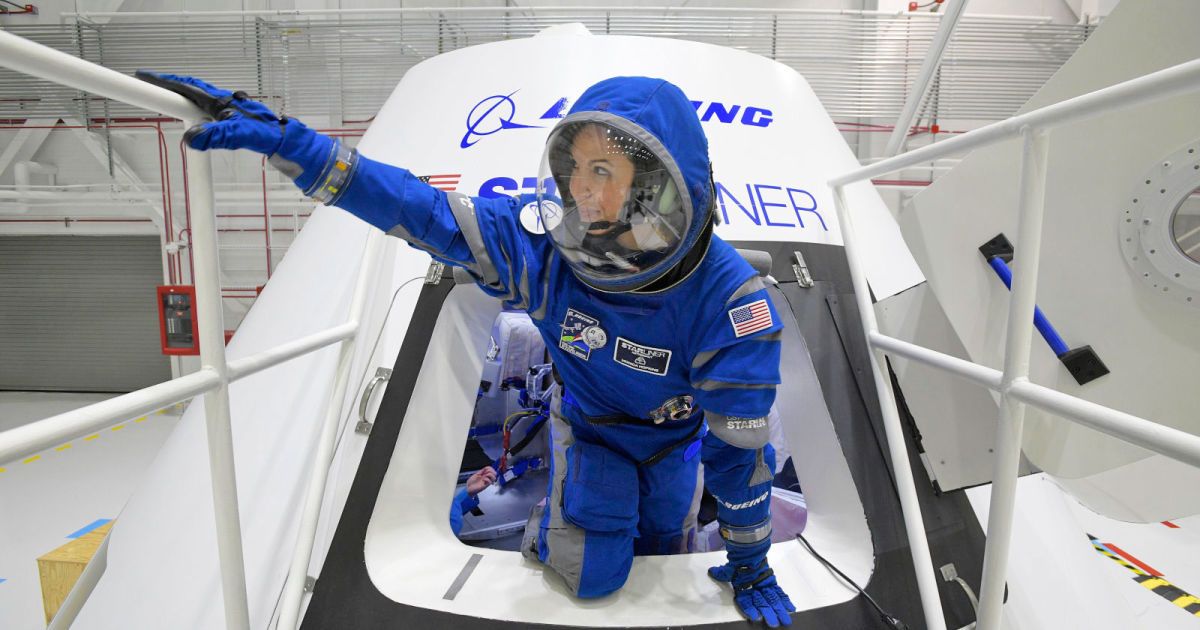
This week, NASA announced that it has updated its commercial crew contract with Boeing. Specifically, Boeing is one of two contractors that is building a crew vehicle that will eventually be able to carry astronauts to and from the International Space Station. The change surrounds its first test flight — including the option to extend the flight (from two weeks up to six months) and potentially adding a third crewmember. In other words, the first test flight wouldn’t be a test anymore.
This isn’t a huge surprise. Back in January, the GAO released a report that said that human flight certification of Boeing and SpaceX rockets would likely be delayed until the end of 2019. NASA currently has seats for astronauts on Russian Soyuz spacecraft through the fall of 2019. After that, well… Houston, we have a problem.
Russia doesn’t have any more Soyuz seats to offer us for purchase, so that leaves a significant gap between when we will need operational human spaceflight capabilities and when we will have them. The only solution is to use SpaceX and Boeing’s test flights as actual flights, in which we carry humans to and from the ISS, rather than as the test flights they were originally designed to be.
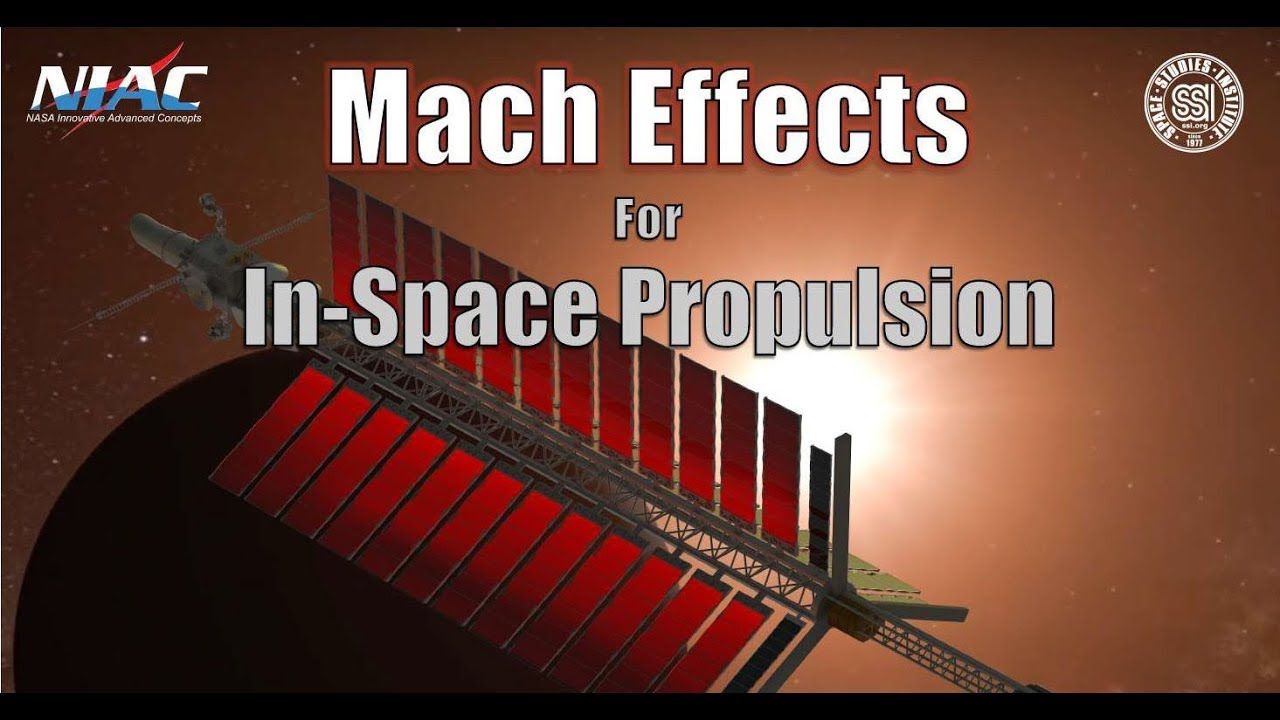
Mach Effect Gravity Assist (MEGA) drive propulsion is based on peer-reviewed, technically credible physics. Mach effects are transient variations in the rest masses of objects that simultaneously experience accelerations and internal energy changes. They are predicted by standard physics where Mach’s principle applies as discussed in peer-reviewed papers spanning 20 years and a recent book, Making Starships and Stargates: the Science of Interstellar Transport and Absurdly Benign Wormholes published in 2013 by Springer-Verlag.
Above – Graphic depiction of Mach Effect for in-space propulsion: Interstellar mission Credits: J. Woodward.
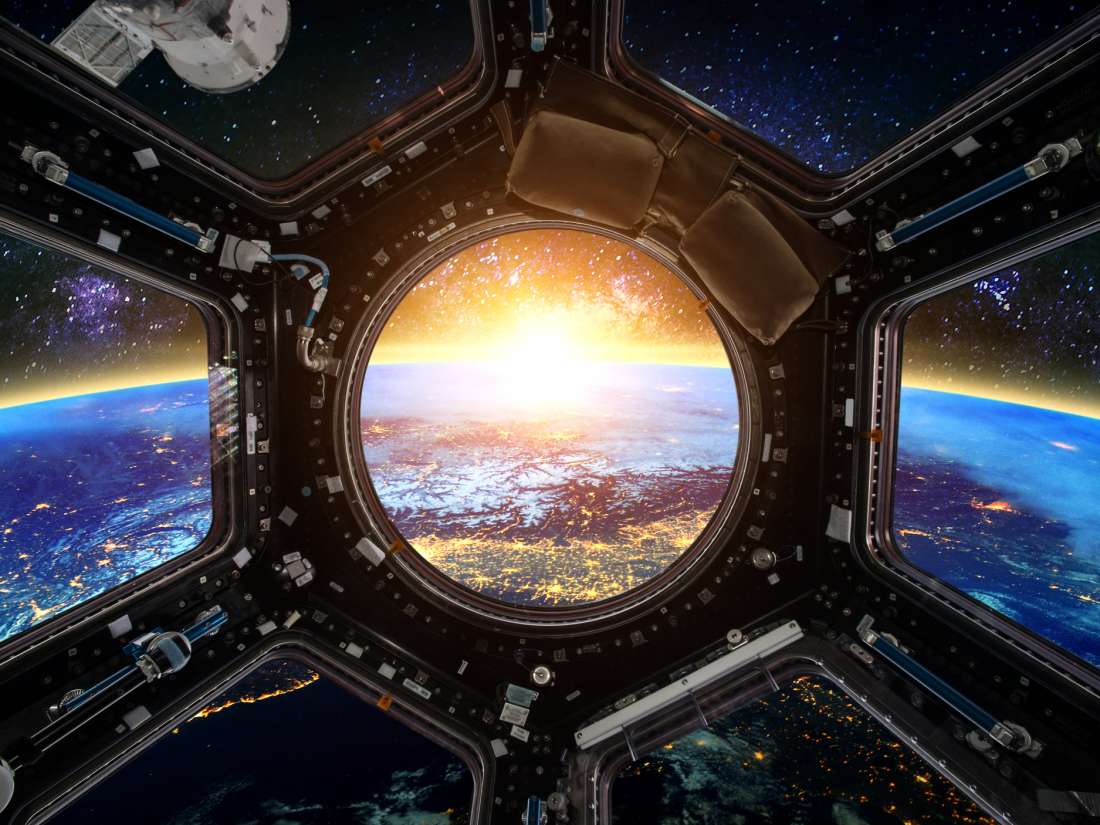
New research — conducted both in space and on Earth — suggests that simulated microgravity could be used to boost stem-cell therapy for cardiac repair.

In 1969, William Safire was President Nixon’s speech writer. He wrote the short speech shown below, and delivered it to Chief of Staff, H.R. Haldeman. The speech was to be read by Nixon in the event that the Apollo 11 lunar lander failed to launch or that some other problem caused the lander or mothership to crash back onto the surface of the moon.
In 1969, the space race was at full throttle. Russians were first to launch a satellite, send a dog and a man into space,* and perform an extravehicular space walk. America was under great pressure to fulfill John F. Kennedy’s promise and beat the Russians in landing a man on the moon. Today, former engineers at NASA acknowledge that they believed the chances of such a catastrophe were more than 50%.
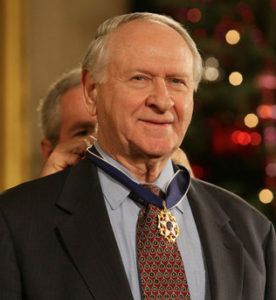
William Safire was a brilliant orator and linguist, known primarily as a columnist and journalist. He received the Presidential Medal of Freedom (from George Bush in 2006). He died in 2009.
The Apollo 11 disaster speech is pure poetry. It fits Nixon’s demeanor, while inspiring the public to continue support for exploration despite such a spectacular failure.
William Safire’s speech for President Nixon—in the event of a moon landing disaster:
Fate has ordained that the men who went to the moon to explore in peace will stay on the moon to rest in peace.
These brave men, Neil Armstrong and Edwin Aldrin, know that there is no hope for their recovery. But they also know that there is hope for mankind in their sacrifice.
These two men are laying down their lives in mankind’s most noble goal: the search for truth and understanding.
They will be mourned by their families and friends; they will be mourned by their nation; they will be mourned by the people of the world; they will be mourned by a Mother Earth that dared send two of her sons into the unknown.
In their exploration, they stirred the people of the world to feel as one; in their sacrifice, they bind more tightly the brotherhood of man.
In ancient days, men looked at stars and saw their heroes in the constellations. In modern times, we do much the same, but our heroes are epic men of flesh and blood.
Others will follow, and surely find their way home. Man’s search will not be denied. But these men were the first, and they will remain the foremost in our hearts.
For every human being who looks up at the moon in the nights to come will know that there is some corner of another world that is forever mankind.
* The US was first to send an animal into space. On June 11, 1948, Albert 1, a rhesus monkey, was launched on a V2 rocket. But this was a suborbital flight. It cleared the atmosphere but could not have sailed away from Earth’s gravity, nor even achieved orbit. The first animal to attain orbit was launched more than 9 years later. A dog, Laika, launched on board the Soviet Sputnik 2 spacecraft on November 3, 1957.
Source: Watergate.info
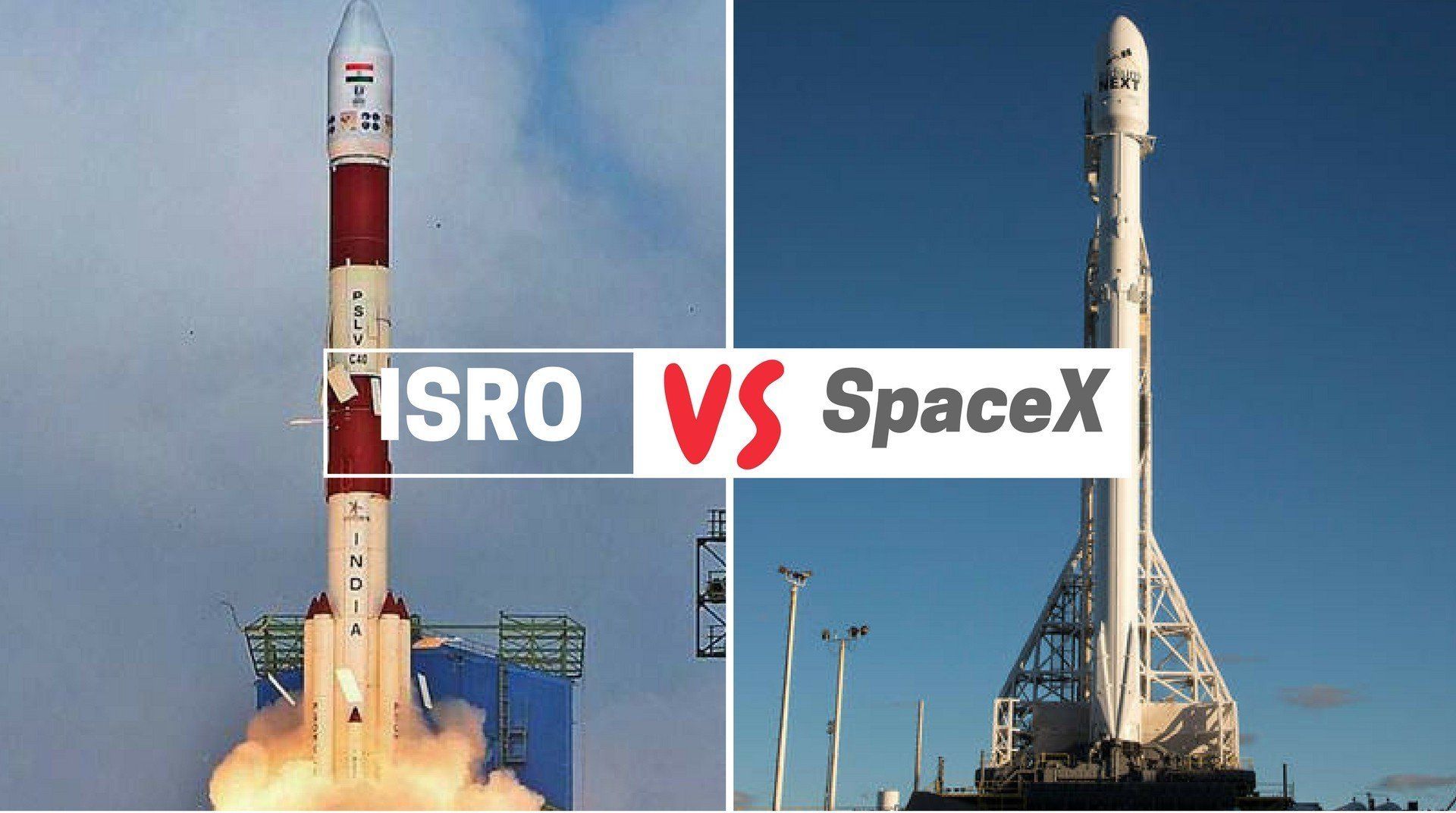
India’s premier space agency Indian Space Research Organisation (ISRO) has built a reputation for launching rockets into space at very convenient prices. The consequent effect?
A lot of customers from around the world have come flocking to avail India’s economical rocket-launching services and this has helped the country make some extra bucks from its space exploration program.
However, it’s a pretty competitive space.

Astronomer Kathryn Neugent discusses how scientists found the supermassive star moving at 300,000 miles per hour—and what caused its speedy travel.
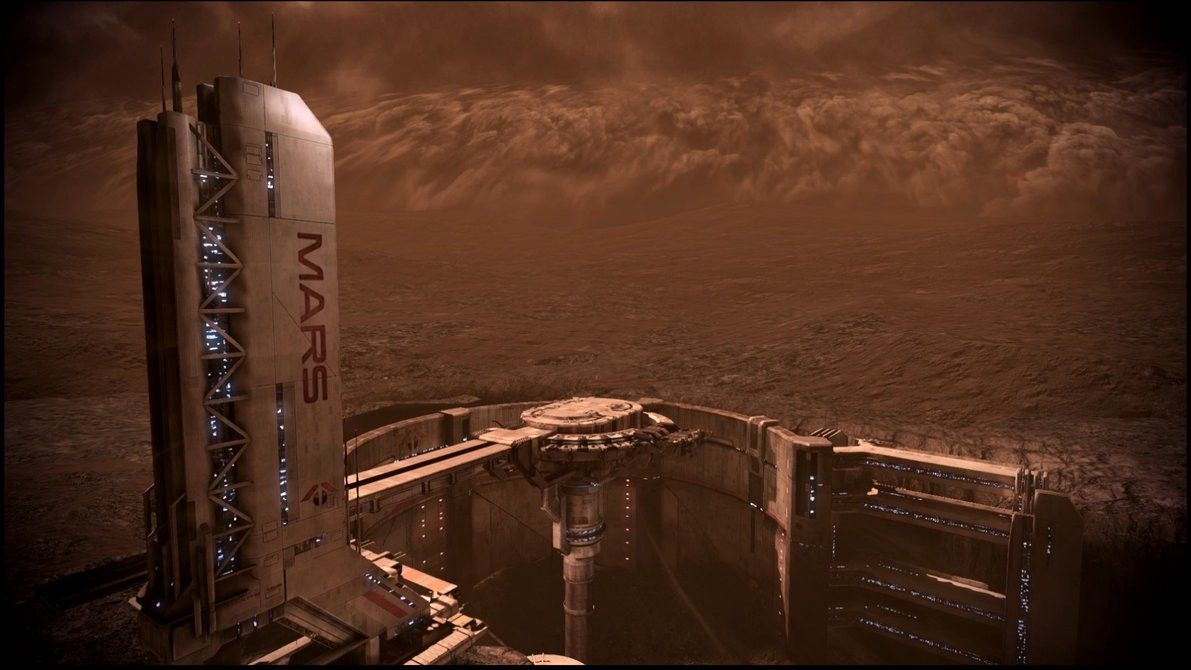
Outside John Snow Pub, arguably one of the best pubs to visit on a rainy November day in Soho, London, I was having a beer with my dear friend Alex, discussing tech and cryptocurrency like we always do. The thing that struck me the most from the conversation that Alex brought up was the technical challenges of Mars to have its own blockchain due to speed of light delays between Earth and Mars. It took me on a little journey of determining what might a blockchain on Mars look like, what are the challenges brought upon by speed of light and other factors, and how to push forward the efforts of colonizing the Red Planet.
The past few years and especially 2017 have brought cryptocurrency to the mainstream. Everyone and their grandmother can be seen at one point asking around “How can one buy bitcoin?” and “Would you buy Ripple?” among other questions. Every day, someone armed with a badly-edited whitepaper (a paper outlining how the technology works) will raise millions of dollars in Initial Coin Offerings, or ICOs (the cryptocurrency version of a stock market IPO). By now, one can see that, while 99% of the coins will probably fail due to bad planning, overpromised marketing, or because of their scammy nature, there is no doubt that the future of the cryptocurrency market is bright and it has a lot of room for growth.
The race to Mars is on going. SpaceX still is leading the efforts to allow humans for colonization of the Red Planet, most recently with their two simultaneous Falcon Heavy rocket landings.